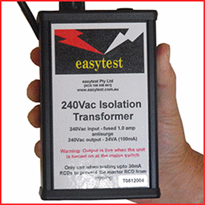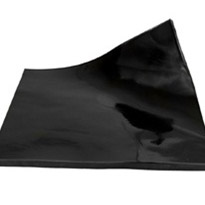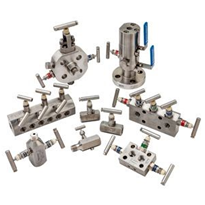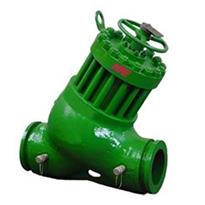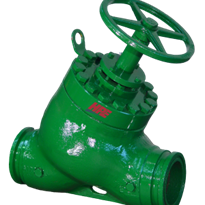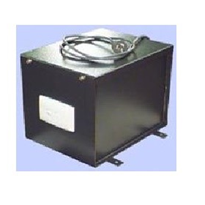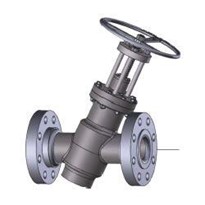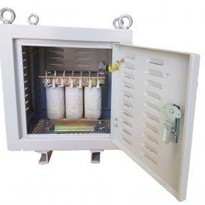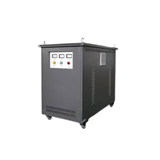Industrial isolation systems are becoming more important to a wide variety of Australian companies affected by more rigorous OH&S laws, as well as the need to protect sophisticated computer and automation equipment.
As engineers search for the best answer to their particular NVH issues (noise, vibration and harshness), the first question they have to ask is whether they need an active isolation system or a passive system.
This applies whether they are mounting the source of the NVH on isolators to prevent it transmitting problems to nearby equipment (a stamping press, metal machining installation, heavy motor, compressor or conveyor, for example), or where a sensitive piece of equipment is being mounted on isolators to remove it from surrounding NVH (such as a control panel, or even a complete computer room).
Both active and passive systems involve isolators that join two entities yet allow each to remain in its natural state without influence extending to the other.
Active Systems are usually more expensive and more complex. They involve a system that supports and isolates an object by providing motion that counteracts the disturbing motion that needs to be isolated. This requires extremely fast-acting actuators and high-gain feedback devices to sense the motion and control the actuators.
Passive Systems are more straightforward. Passive isolators are mounts that support and isolate an object without the contribution of any outside energy source.
Passive systems are often therefore an ideal low-maintenance solution to isolation of equipment such as vibratory conveyors and vibration tables, large drying machines, centrifugal separators, measuring tables and machinery, commercial laundry machines, compressors and electronic equipment involved in production automation.
A traditional solution to passive isolation needs has long been provided by metal coil springs. Coil springs also have a constant spring rate. This means that they will only achieve their published isolation effectiveness at a single operating point. Any variation of load or input frequency will dramatically change the isolation achieved. Equipment mounted on coil springs can react quite violently to start-up and shut-down conditions. Also, coil springs are only able to provide isolation in one axis. If there is any lateral loading, coil springs will not provide good isolation.
Metal can also fail quickly in harsh environments, deteriorating through rust and corrosion. Metal construction does not allow for much overload capacity. Overloading a coil spring will most generally cause it to fail. Because coil springs can cause great damage if they do fail, spring cages or other means must be used to protect equipment and personnel from this possibility.
Alternative solutions for high efficiency isolation include tough rubber Airmount® pneumatic isolators and fabric-reinforced rubber Marsh Mellow® springs, both of which are manufactured by Firestone and proven globally. They are distributed throughout Australia by Air Springs Supply, in sizes from those which will each support a few dozen kilograms, to large models that will each support as much as 40 tons.
Airmount® Isolators
Airmounts are, in effect, tremendously tough, highly engineered balloons identical in construction to the air springs used in the suspension of semi-trailers, luxury coaches, trains and all-terrain vehicles. Their high rate of isolation is exactly why they are used for vehicular suspension .
Airmounts are the only passive isolator that operates on the principle of compressing a gas rather than deflecting a solid. Because of this, Airmounts are the passive isolator with the lowest natural frequency (and the lower the frequency, the lower the transmission). They are so effective, in fact, that they are used beneath some hospital operating beds and to support weapons guidance. Using Airmounts severe occupational health and safety issues have been overcome through isolation efficiencies of 90-99 per cent.
Unique qualities of Airmounts
Airmounts are also the only passive isolator that can have a reduction in the natural frequency. With the use of an auxiliary reservoir, the natural frequency can be lowered to improve isolation effectiveness.
Airmounts are also unique in that they have a variable spring rate, which allows the natural frequency to remain nearly constant with changes in pressure and load. This allows for the use of the same Airmount at different mounting points on unevenly loaded equipment.
Because Airmounts are using air as the isolation media rather than a solid material, they provide less of a pathway for transmitting high frequency vibration. Therefore, they reduce structurally transmitted vibration, and hence reduce noise transmission. Also, Airmounts do not exhibit the chatter that conventional coil springs do.
Further, Airmounts are also adaptable to handling changing loads or overload conditions. Any given Airmount can easily handle a substantial change in load by simply adjusting the air pressure, whereas coil springs are designed for a very narrow opening range.
And finally, because of the nearly constant natural frequency, Airmounts react in a much less violent manner than coil springs during start-up and shut-down conditions as the input frequency changes.
MarshMellow™ fabric-reinforced rubber springs
Is situations where access to air to inflate the Airmounts is difficult, an attractive, no-maintenance and silent alternative is provided by Firestone’s Marsh Mellow springs.
MarshMellow springs appear similar to a solid rubber mount. However, their unique construction with fabric plies make the MarshMellow springs much different in performance.
As with Airmounts, MarshMellow springs are a variable spring rate device achieved by the fabric reinforcement. The variable spring rate allows for a nearly constant natural frequency over a range of loads. This allows for changes in load without significant change in isolation effectiveness.
MarshMellow springs are also able to endure overload conditions of up to 40 per cent deflection. MarshMellow springs are also able to function well over a range of input frequencies.
Due to their metal-free construction, MarshMellow springs have been proven in damp and corrosive environments where a standard coil spring may fail. However, just as with Airmounts, the environmental factors should be considered in regard to this product.
MarshMellow springs reduce structurally transmitted noise caused by vibration. They are quiet, unlike steel springs which often chatter and readily transmit high frequency structural noise.
Also, MarshMellow springs do not fail catastrophically as coil springs do and continue to offer some support even after failure. Coil springs are prone to fatigue or overload that could send fragments flying toward personnel or equipment. MarshMellow springs will generally be cost competitive with standard coil springs. They will often times be of lesser cost than custom-made coil springs.
Conclusion
Both Airmounts and MarshMellow springs will be superior alternatives to the cheapest passive isolation option, rubber pads. Thin rubber mounts are, just as they sound, a thin sheet of rubber material. They are very limited in their deflection capacity. Since deflection is inversely proportional to natural frequency, the rubber mounts’ inability to provide much deflection means it will have a high natural frequency, which will result in lower levels of isolation effectiveness.
This article has set out to demonstrate where Airmount and MarshMellow technologies can provide superior performance in a wide variety of passive isolation applications. It does not for a moment assert that these technologies are the optimum for every application; after all, no isolator technology is that.
But the performance and flexibility of Airmount and MarshMellow springs are increasingly being appreciated as providing durable, high-performance and cost-effective alternatives to conventional methods of passive isolation.


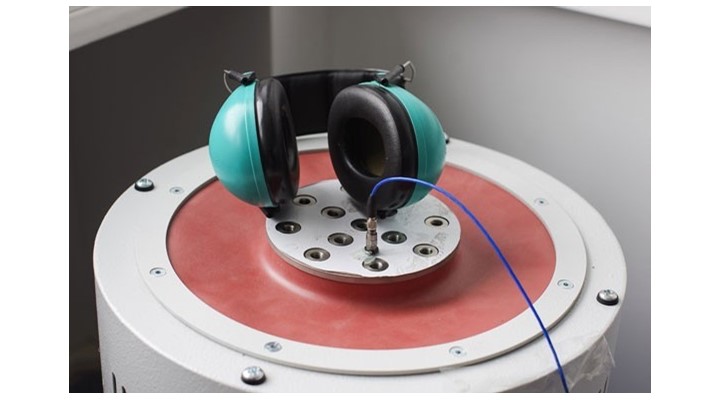
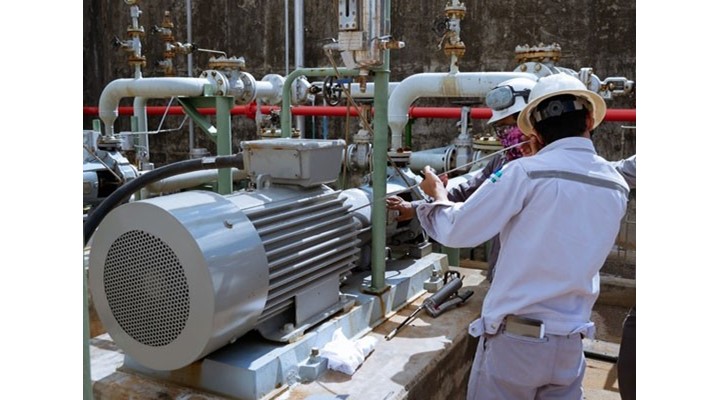
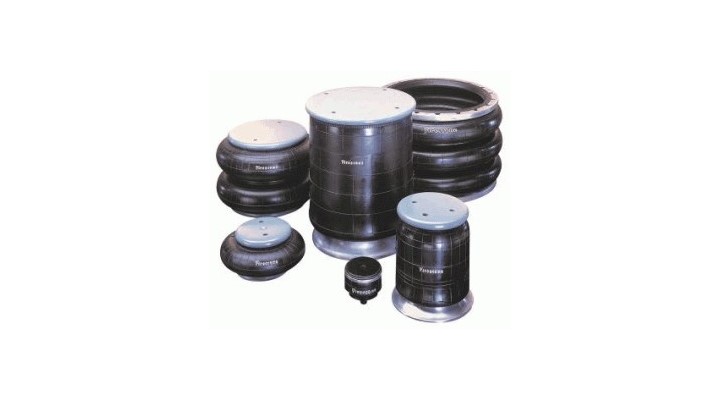
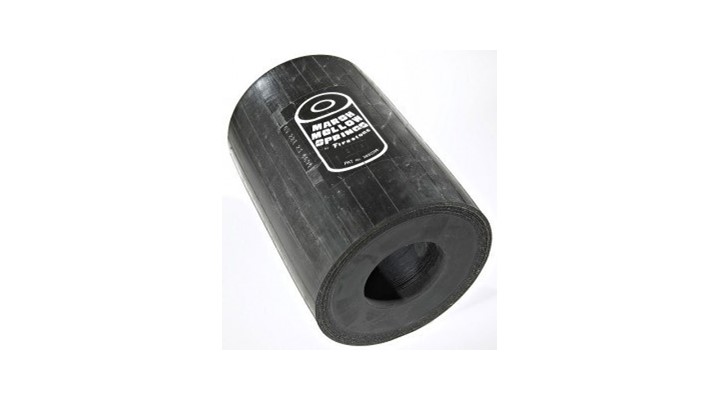
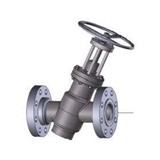

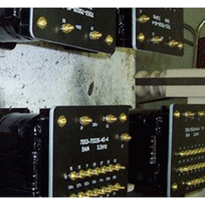
(1)-205x205.jpg)
